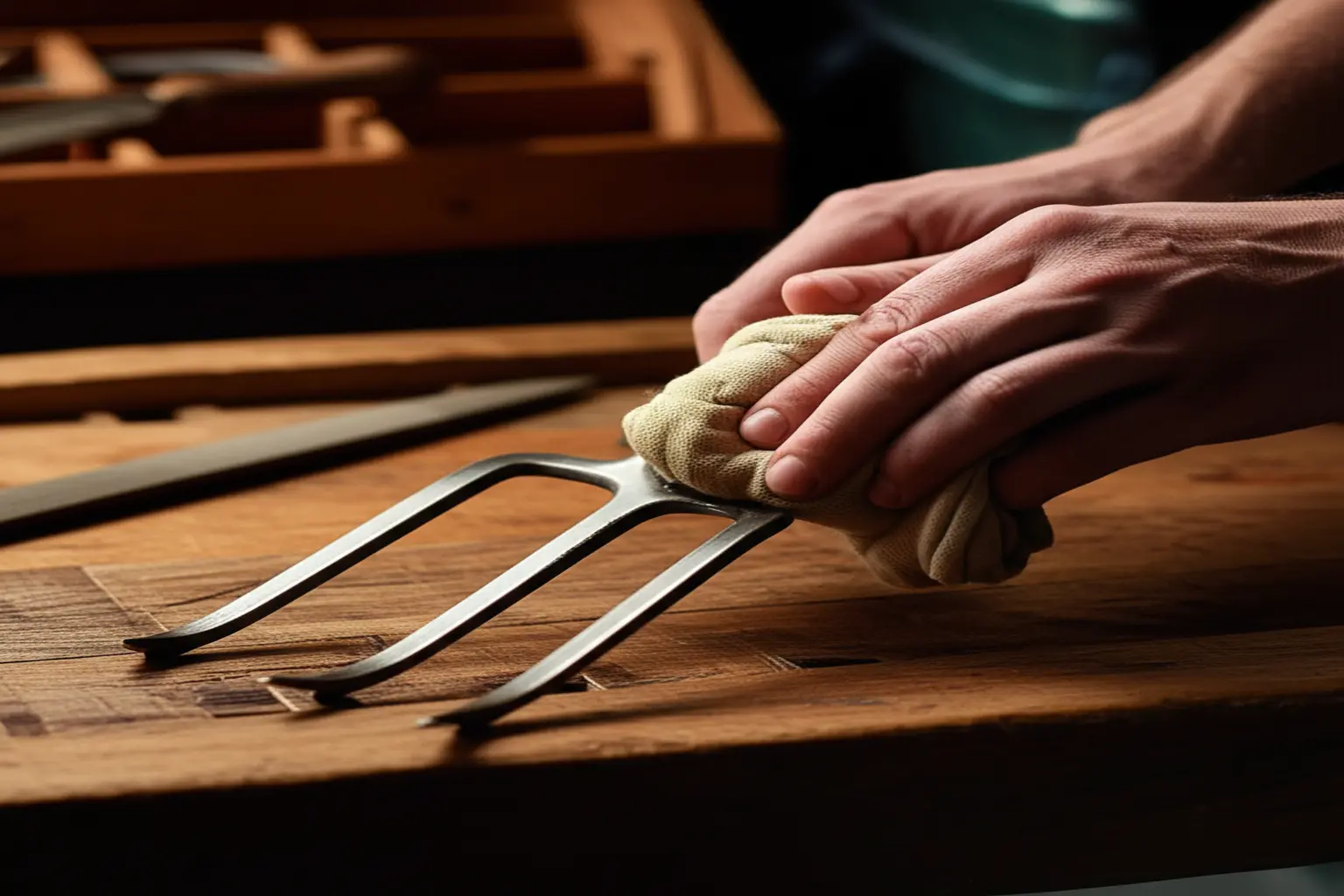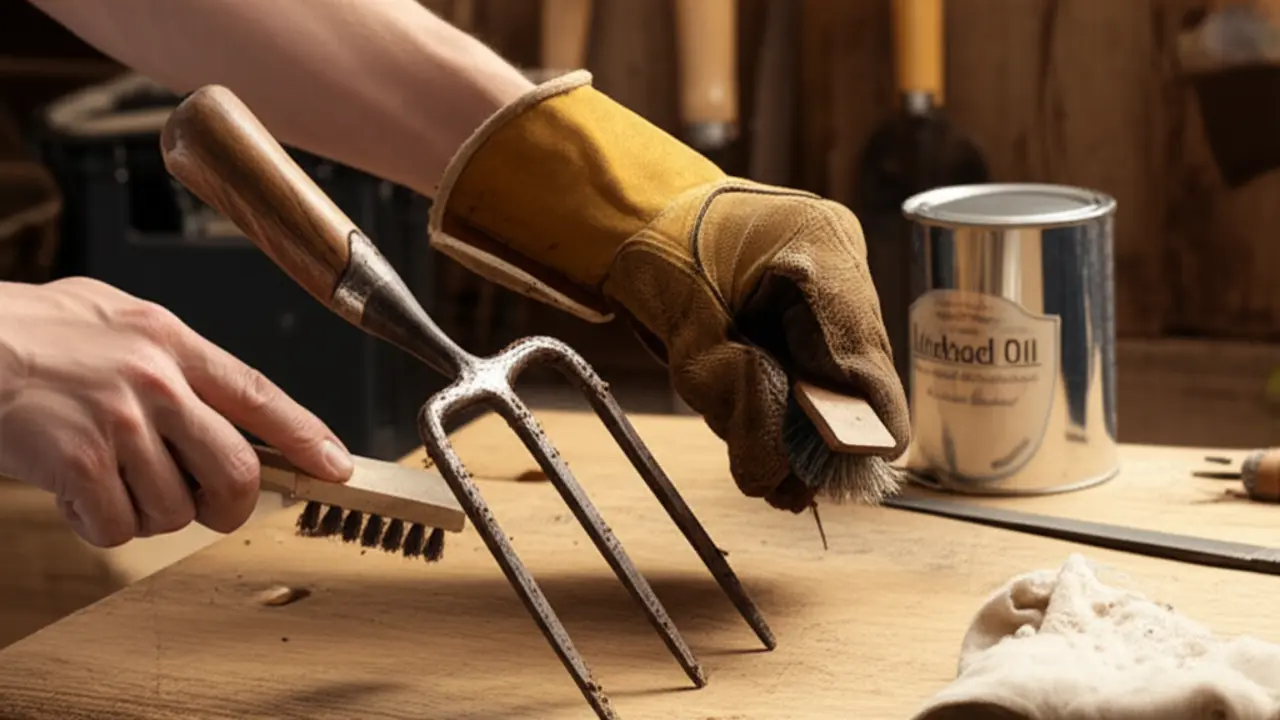 Thank you for reading this post, don't forget to subscribe!
Thank you for reading this post, don't forget to subscribe!
1. The Importance of Garden Fork Maintenance
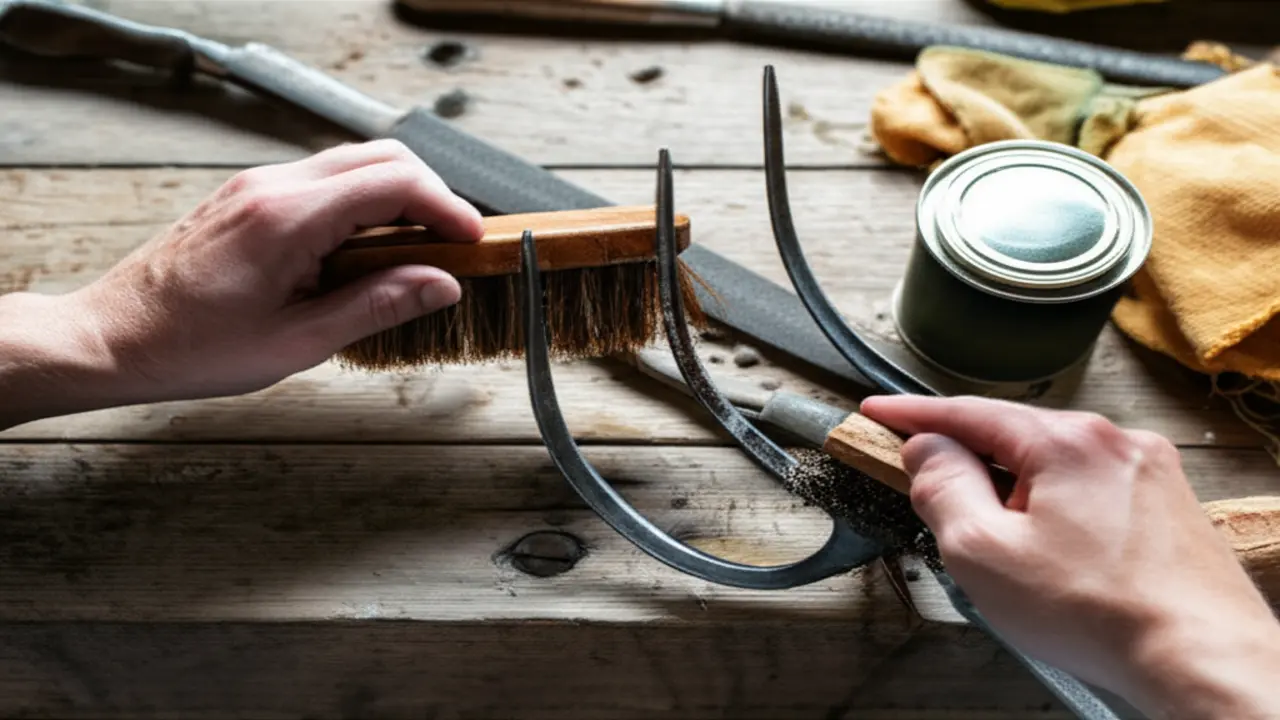
2. Essential Garden Fork Maintenance Routine: A Step-by-Step Guide
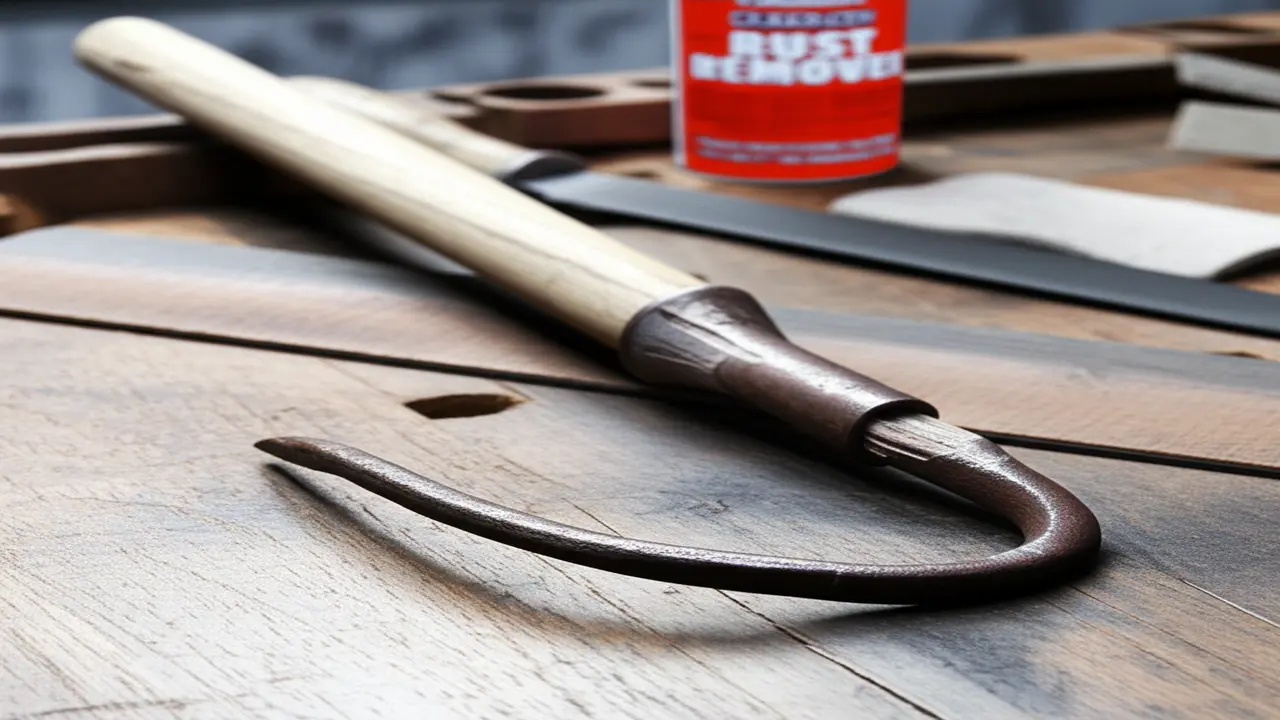
3. Troubleshooting Common Garden Fork Issues
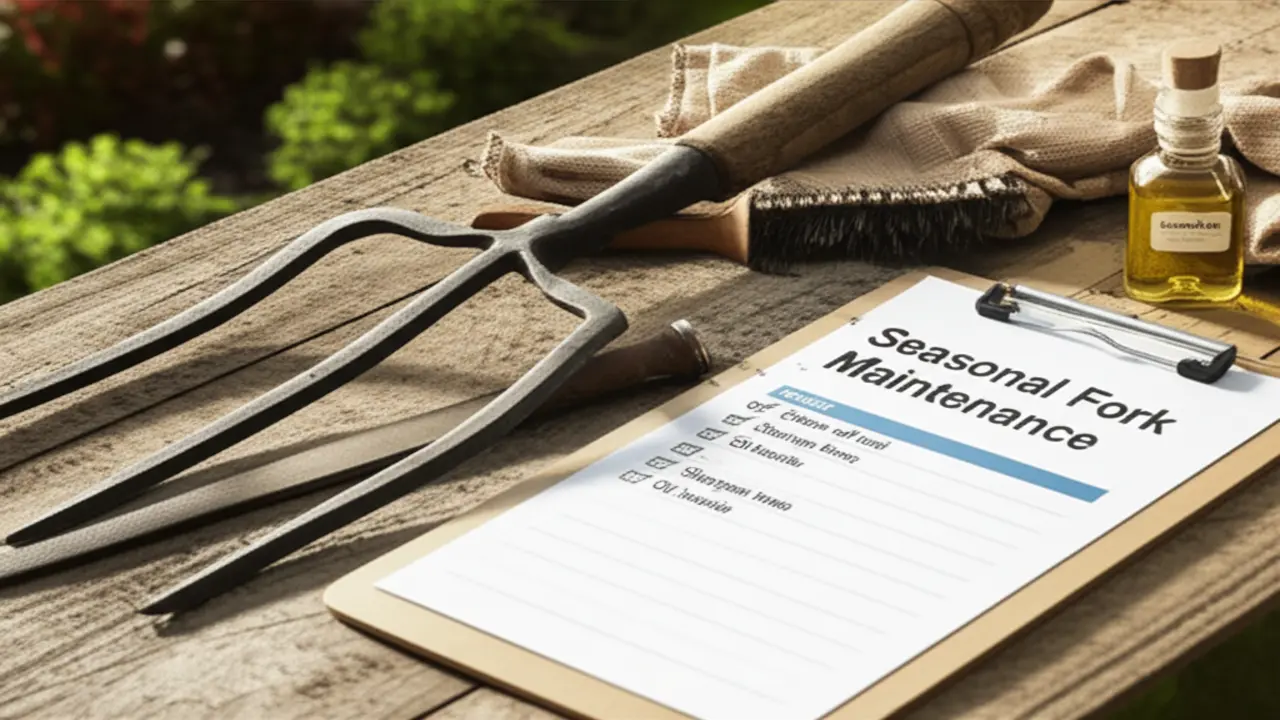
4. Seasonal Garden Fork Maintenance Checklist
* After Each Use: The most critical step. Always scrape off any clinging soil and clay. Use a wire brush for stubborn dirt. Before storing, wipe the entire fork, especially the tines, completely dry with a cloth. This is your number one defense against rust.
* Monthly Check-up: Take a moment to inspect the tool thoroughly. Look for any splinters or cracks in the handle. Check the rivet or connection point to ensure the head is still securely fastened to the shaft. Eyeball the tines to see if any have become bent from prying tough roots or rocks.
* Annual Service (Pre-Winter): Before putting your fork away for the season, give it a full service. This includes a deep clean, sharpening the ends of the tines with a good metal file, and oiling the steel to protect it. The principles are nearly identical to proper garden spade maintenance. For wooden handles, lightly sand and apply a coat of boiled linseed oil to prevent drying and cracking.
5. Frequently Asked Questions (FAQs) About Garden Fork Care
* How often should I clean my garden fork?
For optimal longevity, you should clean your garden fork after every use. A quick rinse with a hose and a scrub with a stiff brush to remove soil is usually sufficient. Caked-on clay or dirt can trap moisture against the metal, leading to corrosion. Performing this simple step consistently prevents bigger problems down the line.
* What is the best way to deal with rust?
If you spot rust, address it immediately. For light surface rust, scrub the tines with steel wool and a bit of WD-40 or similar penetrating oil. For more significant corrosion, you may need to use a wire brush or sandpaper. The fundamental techniques are very similar to those for other digging tools, and our guide on garden spade rust prevention offers a detailed, step-by-step process that also applies here.
* How should I care for the wooden handle?
Inspect the handle regularly for splinters or cracks. Lightly sand any rough spots to keep it smooth and comfortable to hold. Once a year, before storing it for winter, apply a light coat of boiled linseed oil to the handle with a clean cloth. This nourishes the wood and prevents it from drying out and cracking.

